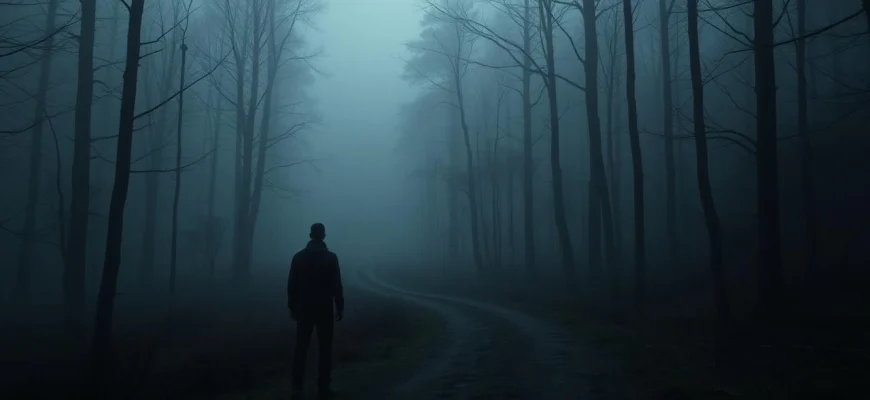If you're a fan of the psychological thriller 'Cure' (1997) and its eerie, slow-burning tension, you're in for a treat. This article explores 10 movies and shows that share similar themes of psychological horror, mystery, and unsettling atmospheres. Whether you're drawn to the film's hypnotic storytelling or its chilling exploration of the human psyche, these recommendations will keep you on the edge of your seat.

The Vanishing (1988)
Description: 'The Vanishing' and 'Cure' are both psychological thrillers that delve into the minds of their antagonists, revealing a chilling rationality behind their actions. The films build tension through slow, deliberate pacing and a focus on the psychological impact of their crimes. The unsettling endings of both films leave a lasting impression on the viewer.
Fact: The film's director, George Sluizer, remade the movie in Hollywood in 1993, but it was widely considered inferior to the original. The film's antagonist was inspired by real-life serial killers who meticulously planned their crimes. The movie's infamous ending was so disturbing that it sparked debates among audiences and critics alike.
 Watch Now
Watch Now 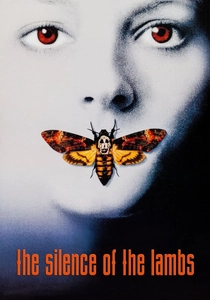
The Silence of the Lambs (1991)
Description: Similar to 'Cure' (1997), 'The Silence of the Lambs' delves into the psychological depths of its characters, particularly the antagonist. Both films explore themes of manipulation, the fragility of the human mind, and the blurred lines between sanity and insanity. The atmospheric tension and meticulous pacing in both films create a sense of unease that lingers long after the credits roll.
Fact: Anthony Hopkins' portrayal of Hannibal Lecter earned him an Academy Award for Best Actor, despite only appearing on screen for 16 minutes. The film is one of only three to win the 'Big Five' Oscars: Best Picture, Best Director, Best Actor, Best Actress, and Best Screenplay. The character of Clarice Starling was inspired by a real-life FBI agent, Mary Ann Krause.
 Watch Now
Watch Now 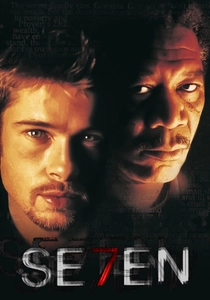
Se7en (1995)
Description: Like 'Cure', 'Se7en' is a dark, psychological thriller that examines the nature of evil and the human psyche. Both films feature enigmatic killers whose motives are deeply rooted in philosophical and psychological disturbances. The grim, rain-soaked visuals and oppressive atmosphere in 'Se7en' mirror the unsettling tone of 'Cure'.
Fact: The film's title, 'Se7en', stylized with a '7' in place of the 'v', was chosen to reflect the seven deadly sins central to the plot. Brad Pitt took a pay cut to star in the film, as he was drawn to the script's dark and unconventional nature. The infamous 'box scene' was so shocking that even the crew members were left in stunned silence after filming it.
 Watch Now
Watch Now 
Oldboy (2003)
Description: Both 'Oldboy' and 'Cure' are intense psychological thrillers that delve into themes of revenge, identity, and the human capacity for cruelty. The films feature protagonists who are drawn into a web of mystery and violence, with shocking revelations that challenge their understanding of reality. The visceral storytelling and striking visuals in 'Oldboy' resonate with the unsettling atmosphere of 'Cure'.
Fact: The famous hallway fight scene was shot in one continuous take and took three days to perfect. Choi Min-sik, the lead actor, ate four live octopuses for the film's iconic scene; he is a Buddhist and later apologized for the act. The film won the Grand Prix at the 2004 Cannes Film Festival, cementing its status as a modern classic.
 Watch Now
Watch Now 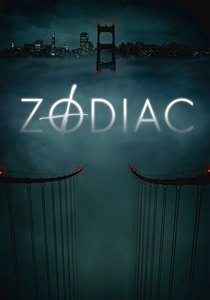
Zodiac (2007)
Description: 'Zodiac' shares with 'Cure' a focus on the psychological toll of obsession and the elusive nature of truth. Both films are based on real-life events and explore the impact of unsolved crimes on those who investigate them. The meticulous attention to detail and slow-burning tension in 'Zodiac' echo the methodical pacing of 'Cure'.
Fact: Director David Fincher, who grew up in the San Francisco Bay Area during the Zodiac Killer's reign of terror, had a personal connection to the story. The film's production was delayed for years due to its complex script and the need for extensive research. Jake Gyllenhaal lost 20 pounds to portray the increasingly gaunt and obsessed cartoonist Robert Graysmith.
 Watch Now
Watch Now 
The Chaser (2008)
Description: 'The Chaser' and 'Cure' share a focus on the psychological unraveling of their protagonists as they confront seemingly unsolvable crimes. Both films are grounded in realism, with a gritty, unflinching portrayal of violence and desperation. The tension in 'The Chaser' builds similarly to 'Cure', with a sense of inevitability and dread.
Fact: The film is loosely based on the real-life serial killer Yoo Young-chul, who murdered at least 20 people in Seoul. Director Na Hong-jin made his debut with 'The Chaser', which became a critical and commercial success. The film's tight budget and schedule forced the crew to shoot many scenes in a single take.
 Watch Now
Watch Now 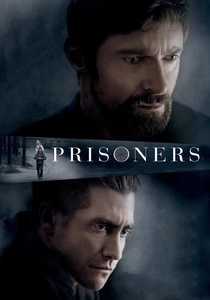
Prisoners (2013)
Description: 'Prisoners' and 'Cure' both explore themes of moral ambiguity, desperation, and the lengths to which people will go when pushed to their limits. The films feature protagonists who are consumed by their quest for answers, leading to psychological and physical breakdowns. The atmospheric tension and haunting visuals in 'Prisoners' echo the mood of 'Cure'.
Fact: Hugh Jackman and Jake Gyllenhaal prepared for their roles by spending time with real-life detectives and kidnapping survivors. The film's script was on the 'Black List' of best unproduced screenplays for years before being greenlit. Director Denis Villeneuve used a muted color palette to emphasize the film's bleak and oppressive tone.
 Watch Now
Watch Now 
I Saw the Devil (2010)
Description: 'I Saw the Devil' and 'Cure' both explore the dark side of human nature and the thin line between justice and vengeance. The films feature cat-and-mouse chases between morally ambiguous characters, with a focus on psychological torment. The brutal violence and existential themes in 'I Saw the Devil' mirror the disturbing tone of 'Cure'.
Fact: The film was initially banned in South Korea due to its extreme violence, but the ban was lifted after edits were made. Director Kim Jee-woon wanted to challenge the audience's perception of revenge by portraying its cyclical and destructive nature. The film's antagonist, played by Choi Min-sik, underwent a drastic physical transformation to embody the role.
 Watch Now
Watch Now 
The Wailing (2016)
Description: 'The Wailing' and 'Cure' both blend psychological horror with crime thriller elements, creating a sense of dread that is both supernatural and deeply human. The films explore themes of paranoia, the unknown, and the breakdown of rationality in the face of inexplicable events. The ambiguous endings of both films leave viewers questioning the nature of evil.
Fact: The film's director, Na Hong-jin, spent over two years researching shamanism and Korean folklore to ensure authenticity. The movie's title, 'The Wailing', refers to the eerie sounds heard throughout the film, which were recorded in real abandoned villages. The film's climax was shot in a single take, requiring meticulous planning and coordination.
 Watch Now
Watch Now 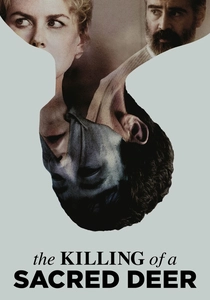
The Killing of a Sacred Deer (2017)
Description: 'The Killing of a Sacred Deer' shares with 'Cure' a focus on the inexplicable and the psychological torment of its characters. Both films feature a mysterious, almost supernatural antagonist who disrupts the lives of the protagonists in unsettling ways. The clinical, detached style of 'The Killing of a Sacred Deer' mirrors the eerie atmosphere of 'Cure'.
Fact: The film's title refers to the Greek myth of Iphigenia, who was sacrificed by her father to appease the gods. Director Yorgos Lanthimos instructed the actors to deliver their lines in a monotone, emotionless manner to heighten the film's surreal tone. The film's unsettling score was composed by frequent Lanthimos collaborator, Johnnie Burn.
 Watch Now
Watch Now 
